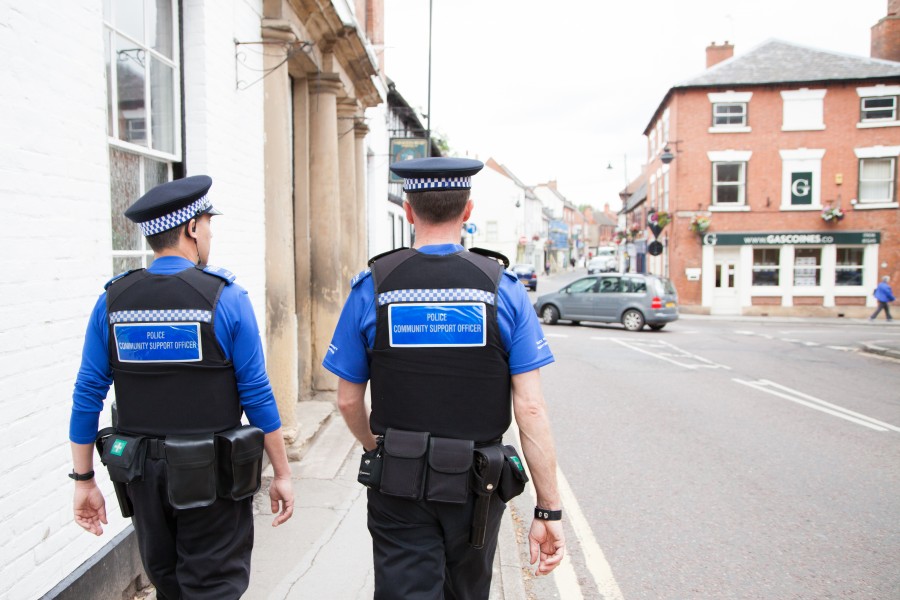The term “anti-social behaviour” covers a pretty broad range of activities: from nuisance behaviours like regularly playing music loudly, to criminal behaviours such as threatening violence. And for businesses and organisations, anti-social behaviour can cause problems in all kinds of ways.
Take Ikea for example. It’s been having problems at its Ashton Under Lyne store in Greater Manchester due to behaviours that include trespassing and theft from skips. The situation has become so bad, partly due to worries over objects being thrown into the service yard, that drivers have been refusing to deliver to the store. The company’s currently seeking permission to install new infrastructure including an electrically-operated swing gate at the entrance to the service yard, and a new fence along the vehicle ramp.
What qualifies as “anti-social” behaviour?
Anti-social behaviour’s defined as ‘conduct that has caused, or is likely to cause, harassment, alarm or distress to any person’. Generally, there are three main categories: personal, when a person targets a specific individual or group; nuisance, when a person causes trouble and upset to a community; and environmental, where an individual’s anti-social actions have a detrimental effect on the general environment e.g. damaging buildings or public spaces.
Certain forms of anti-social behaviour can be particularly problematic for businesses and organisations. They can threaten the safety of employees, customers, other building users and immediate neighbours. There could be damage to property and theft of items. There’s a reputational cost too - if a business or area becomes known for having a problem with anti-social behaviour, it can put customers off going there. There are many different ways anti-social behaviour can manifest itself. It can include nuisance, rowdy or inconsiderate behaviour, trespassing, and vandalism and graffiti. There could be environmental harm caused through littering, fly tipping, or vehicles left abandoned close to a premises. An additional risk can be posed by drug users on a site, especially if there are items such as syringes left discarded in the area.
And at the absolute worst end of the scale are the threatening behaviours towards people who are working at, or customers using, a premises - especially when they escalate into acts of aggression, such as attacks on security staff as happened just over 18 months ago in Tameside in Greater Manchester.
What can businesses and organisations do to reduce the risk?
Understandably, business owners may look to their local police force to deal with certain anti-social behaviour situations; there are a range of powers in place to help businesses, individuals, communities and organisations tackle the problem in conjunction with the authorities. But what else can be done to reduce the risks?
- Include anti-social behaviour risks in your security assessment
Some anti-social behaviour will be opportunistic but other incidents could happen because your premises is regarded as an easy target. Review the likely risks in a systematic way, identifying the potential dangers to your premises and the people who use it, so you can come up with a plan to address the highlighted issues.
- Tighten physical security measures
For Ikea, the proposed solution for their Manchester store is to strengthen perimeter protection which is certainly one way to improve physical security. That won’t be an option for every business but there are many other ways to improve your physical security arrangements.
For example, are doors, windows and fencing that’s already in place well-maintained, and fitted with good quality locks to prevent access? Is there anything more you can do to strengthen that protection, such as fitting shutters or protective grilles? Is your current intruder alarm system adequate or could it be improved by upgrading to more up-to-date technology, or connecting to a monitoring centre? Could your access control arrangements be tightened up further to minimise the ability of someone being able to access parts of your site that they shouldn’t be in? And good visibility around your premises can be off-putting for someone inclined towards anti-social behaviour so look at options for improving that, such as increasing the amount of security lighting and maintaining good external housekeeping.
- Install CCTV
To enhance visibility even further you could also explore whether installing a CCTV system might be effective in reducing the risk. The use of these types of systems can be enough to deter individuals from anti-social behaviour, given that they will realise they can potentially be identified from CCTV footage. Make sure all cameras are clearly signed so people are aware of their presence and they offer the maximum level of deterrent possible.
- Enhance construction site security
Construction sites, and other similar types of environments, can attract people who are likely to behave in an anti-social way. As well as employing security guards to protect the site (who, as mentioned earlier, could face aggressive behaviour) there are other options available including smart towers and alert towers.
- Form effective partnerships
There might be a business crime reduction scheme operating in your area, so it’s worth seeing whether you could become part of that. Collaborating with other local businesses and organisations means you become each other’s eyes and ears. And thanks to technology, it’s straightforward to share information and quickly communicate any concerns to each other.
Is anti-social behaviour causing you problems?
If so, please do get in touch to find out more about our services and the various ways we can help you improve your security.
